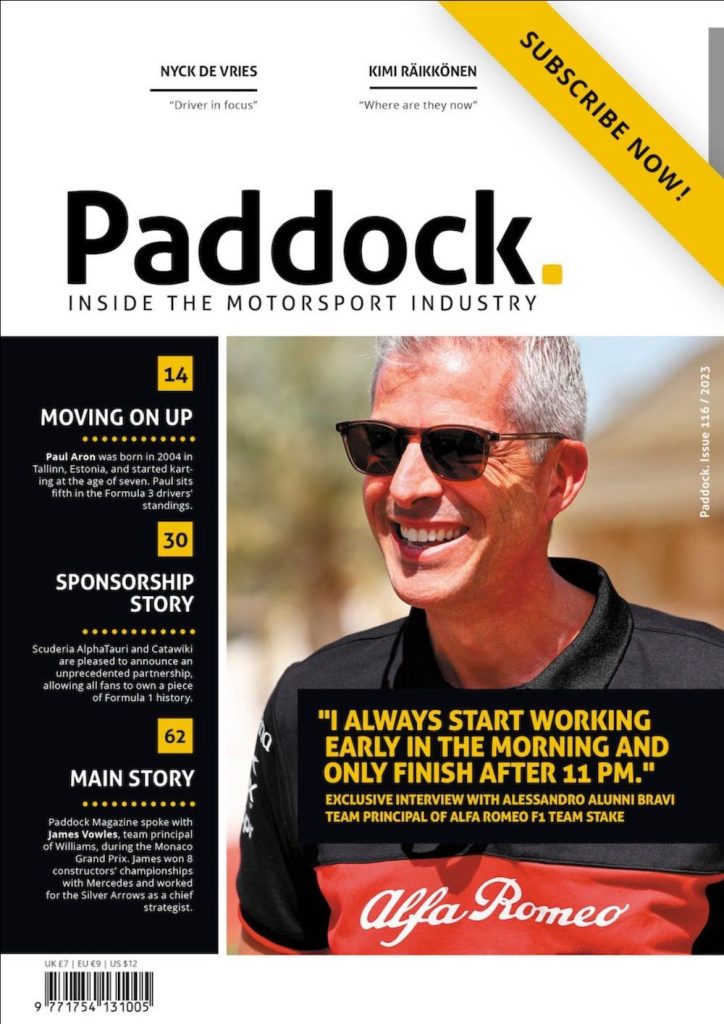Formula 1 drivers have to be in an almost perfect condition both physically and mentally, everyone knows that. Having that in mind, sensory deprivation could definitely work as a solid boost for the racers’ athletic and, perhaps this might come as a surprise to some, mental abilities. We take a closer look at the trend of these sensory deprivation units, mainly focusing on new exciting development within the field, and figuring out how this technological breakthrough could be used to help the top 20 racing drivers in the world. Vytautas Ratkevičius, the science commercialisation expert, is here to tell us more about the fresh project.
Click here to subscribe to our print edition!
“A new generation of sensory deprivation units focuses on improving both the physical and mental state of the individual,” V. Ratkevičius notes. These multi-sensory environments tend to combine cutting-edge technological solutions along with advanced therapeutic and performance techniques like cognitive modulation or targeted sensory stimulation.
A regular sensory deprivation unit, popularly known as isolation tank or floatation chamber is a dark, soundproof environment filled with a foot or less of water. The water is heavily saturated with Epsom salt and heated to match the user’s skin temperature. This enables the user to float effortlessly on the surface while eliminating the effects of gravity and removing tactile sensation. As you float weightless in total silence and darkness, the brain has been shown to enter into a deeply relaxed state. “The desired and often easily achieved result is releasing the tension, improving focus and speeding up various recovery processes – one can imagine just how useful that would be to a Formula 1 driver who’s travelling around the world and racing a minimum of 21 times a year,” says V. Ratkevičius.
These new sensory deprivation units can travel together with the team to keep the racers’ focus as sharp as it physically and mentally can be.
The company RDMX, together with the science experts, has been researching the use of regenerative rays to link all these mentioned health & performance effects with sensory deprivation. As a result, recovery is at least twice as effective. Formula 1 is, gently put, highly stressful, with a tremendous amount of sensory stimulation, some of which is very undesirable, while even the best hotels can’t ensure proper recovery for the drivers between Grands Prix. These floatation units can travel together with the team to keep the racers’ focus as sharp as it physically and mentally can be.
RDMX is at this very moment involved in research along with several universities and business-oriented science companies, trying to provide Formula 1 teams with the most productive and comfortable product, making it compact enough to bring around the world. You can contact the team via info@rdmx.lt






Related Articles